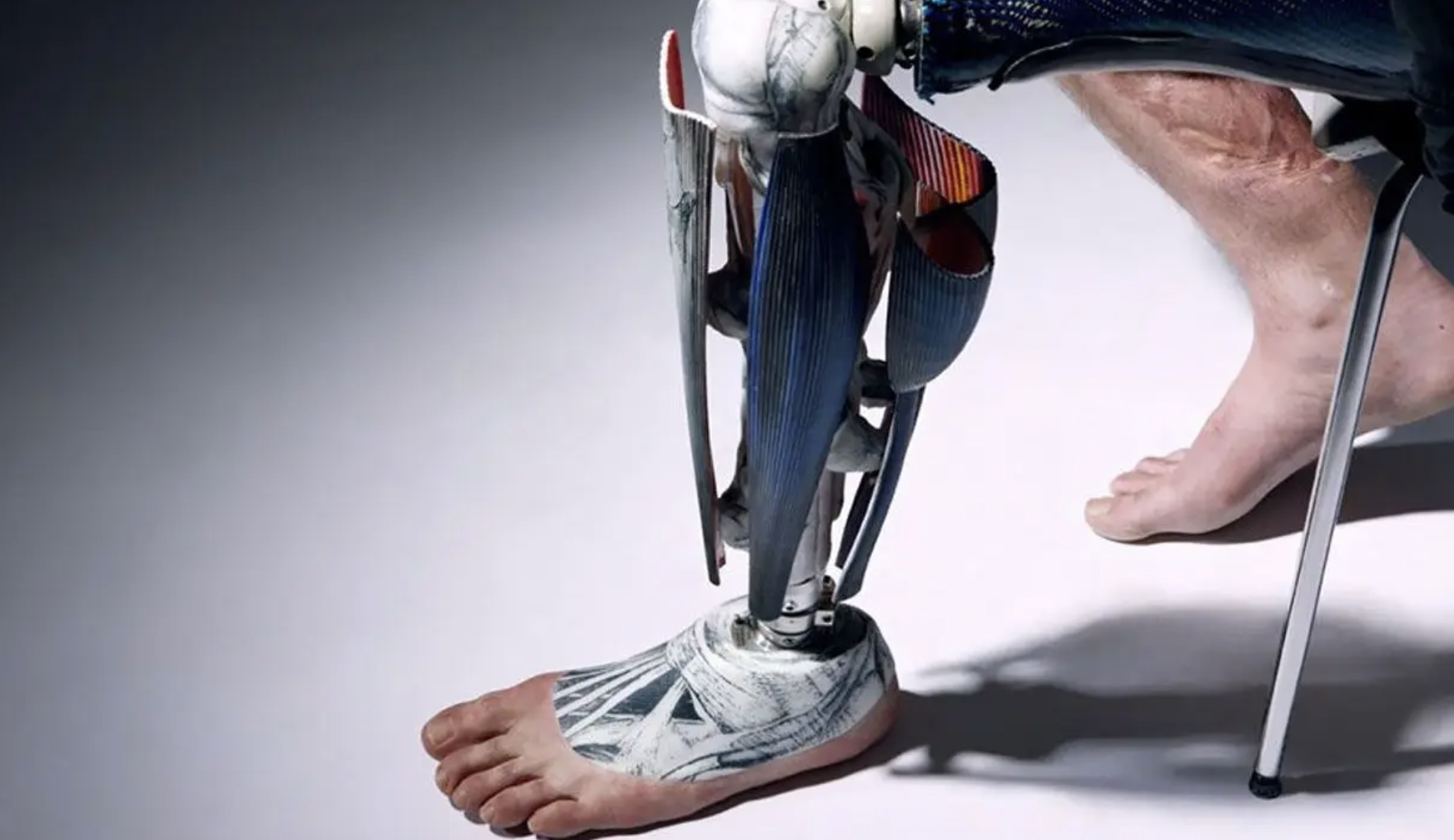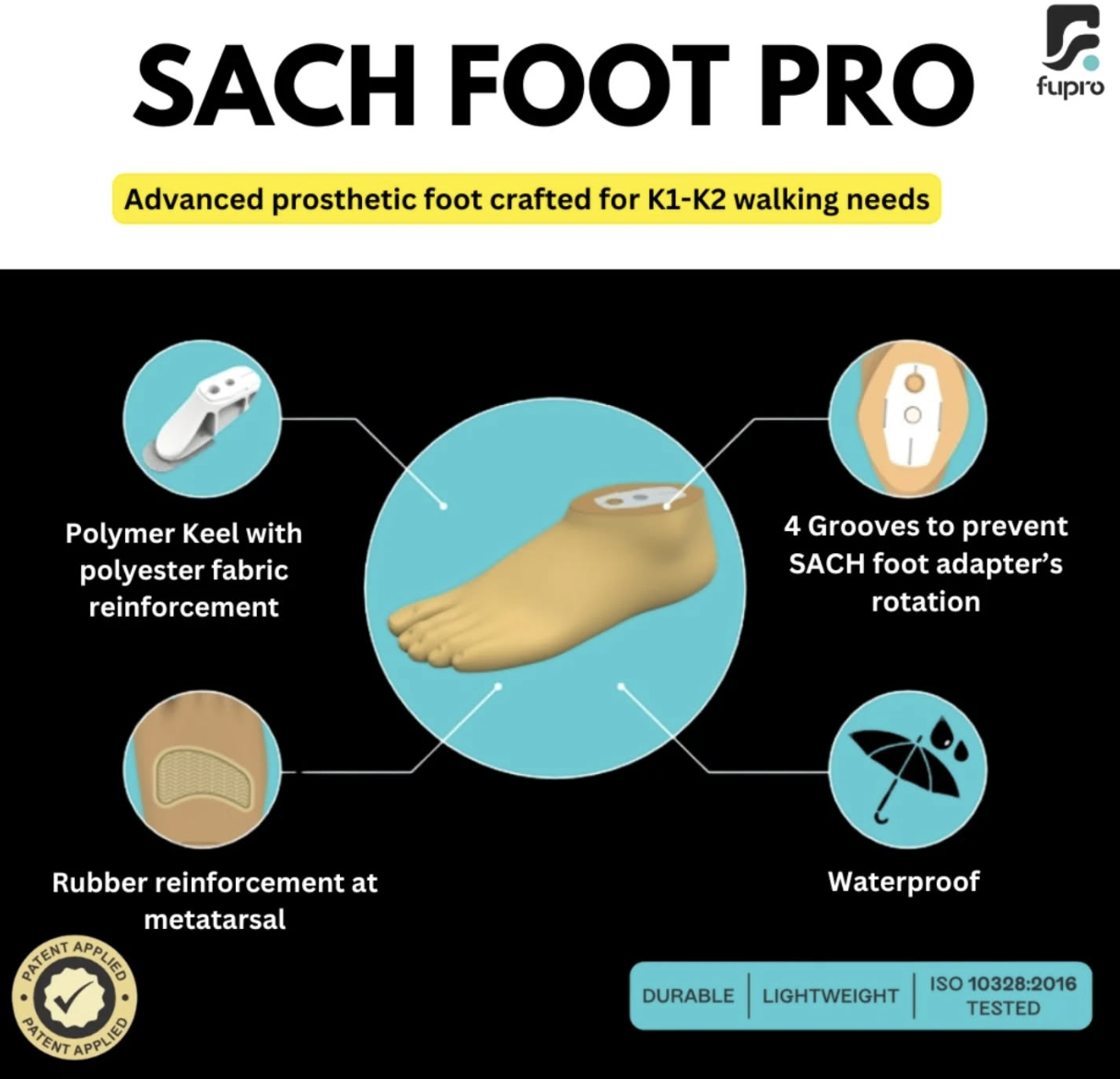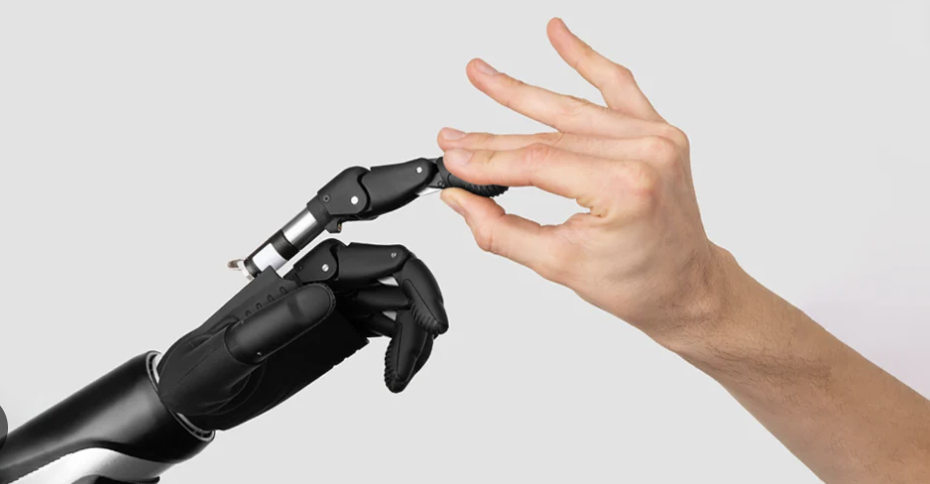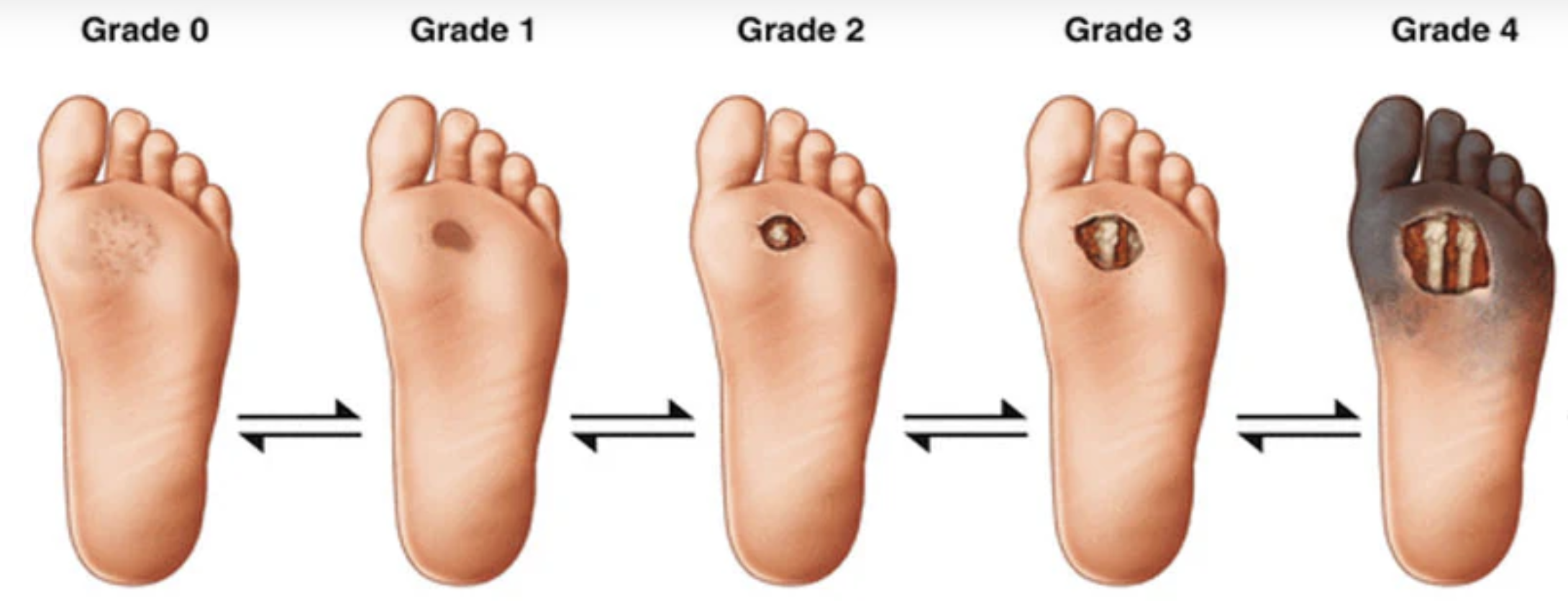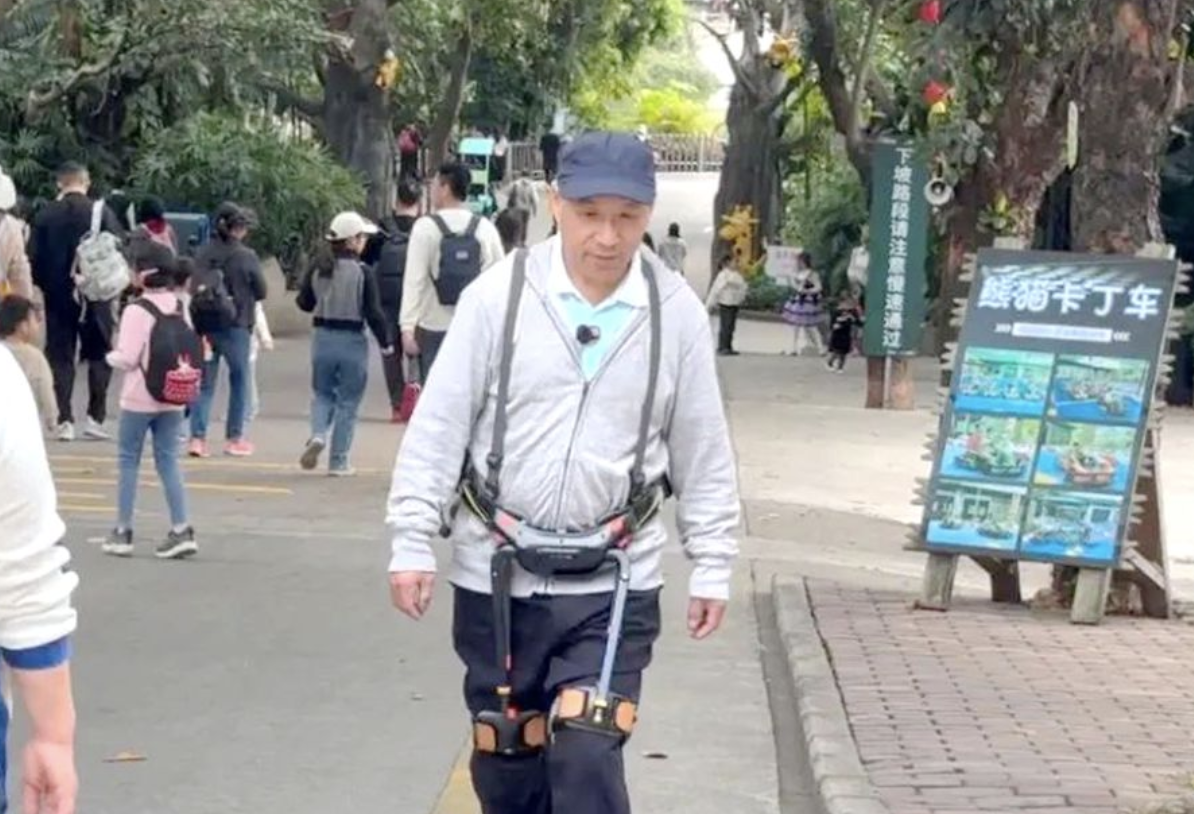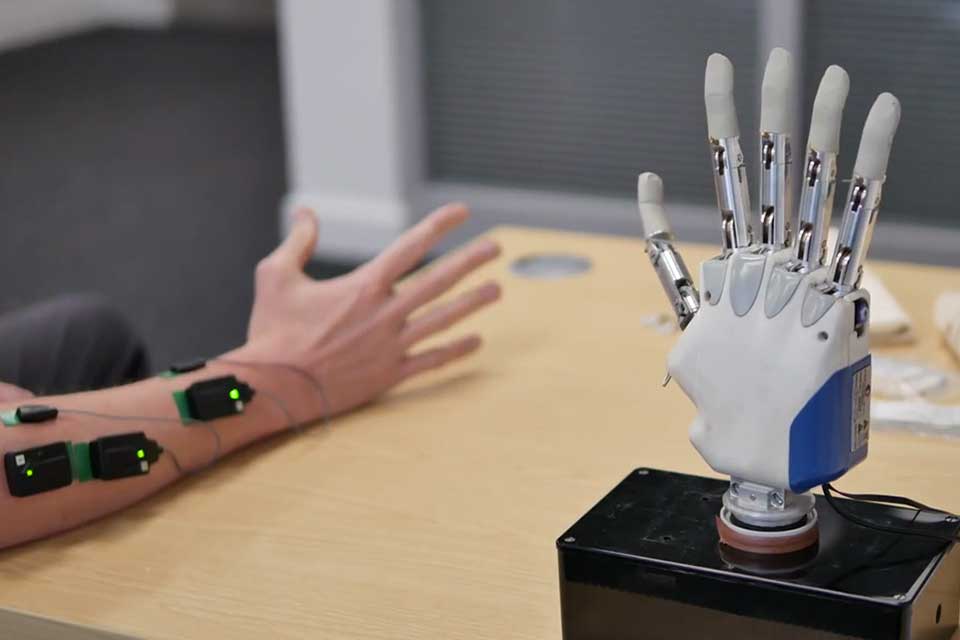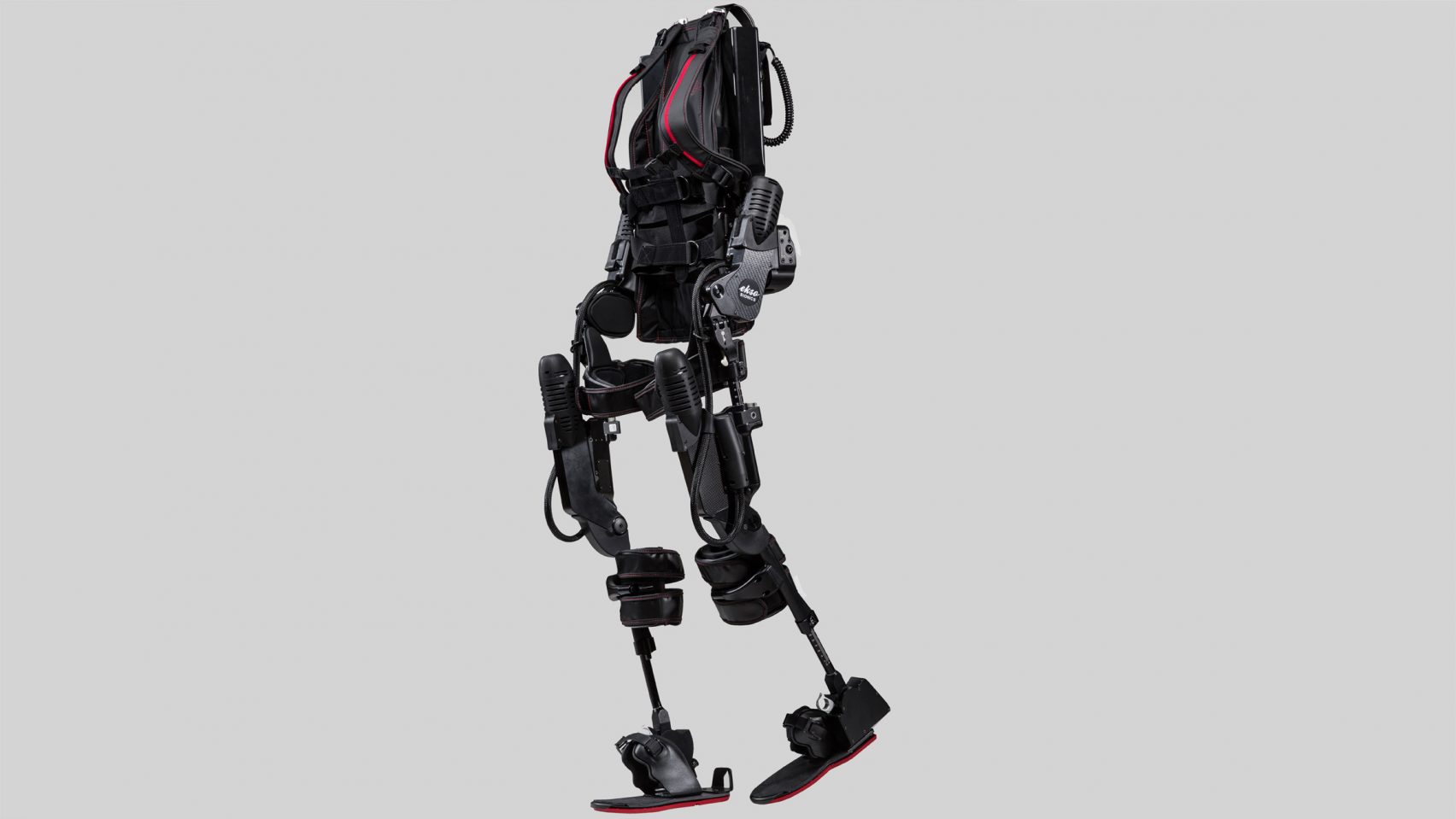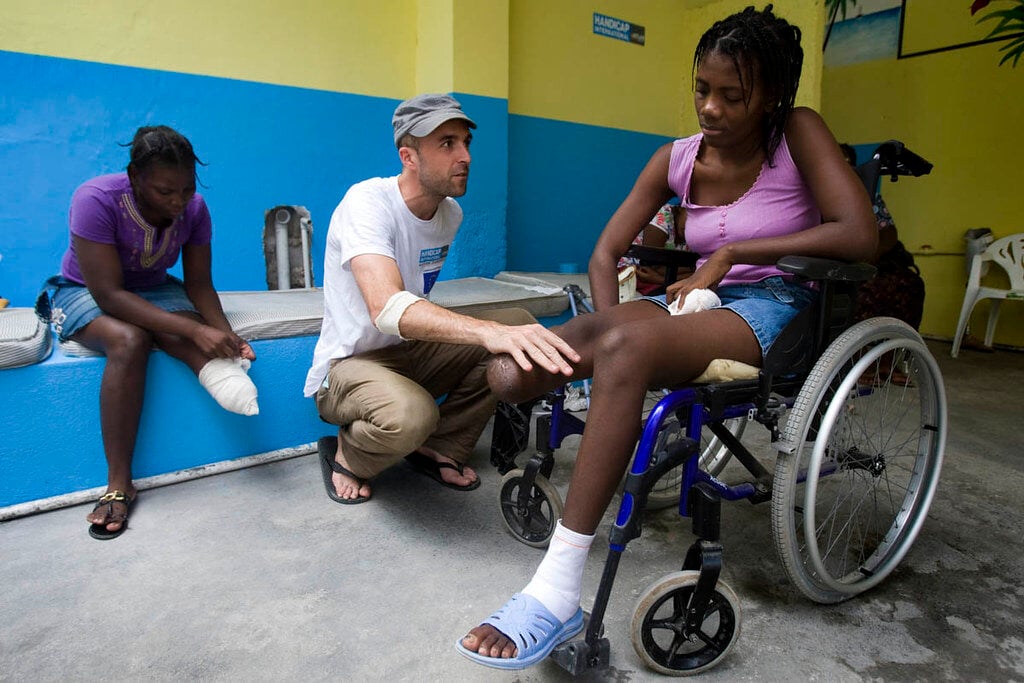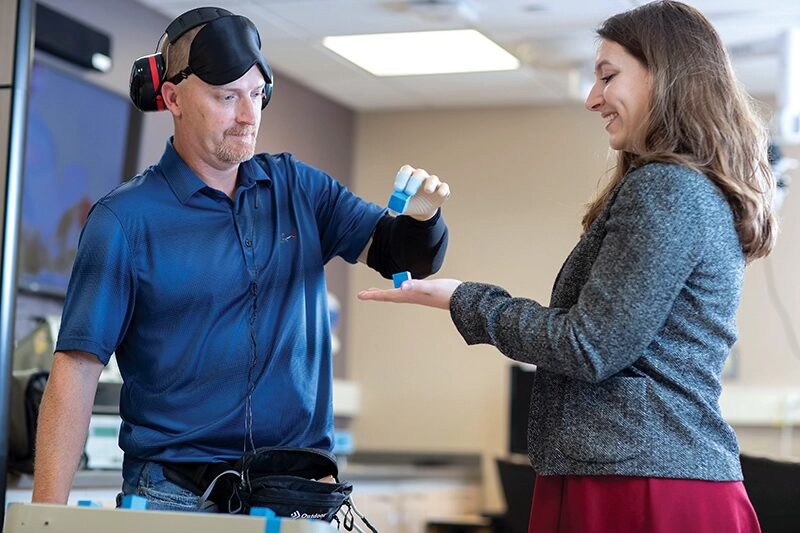Leg amputees often rely on prosthetics to regain mobility and independence, yet these devices lack sensory feedback on ground contact and movement. This sensory gap increases fall risk and creates a disconnect between the prosthetic limb and the brain, often leading to device abandonment. Similarly, diabetic patients with peripheral neuropathy experience altered sensory signals, resulting in pain, poor balance, and limited mobility.
Advanced neuroprosthesis
The ERC-funded FeelAgain project has addressed these challenges by developing advanced neuroprosthetic systems that restore natural sensory feedback. Peripheral nerve electrical stimulation (PNES) can activate sensory nerves near the amputation site, reawakening sensation from the missing limb in the brain. “Our solutions help amputees and diabetics overcome sensory barriers, diminish their pain and achieve a more integrated, natural experience with their impaired limbs,” explains project coordinator Stanisa Raspopovic. This neuroprosthesis works by using sensors embedded in the artificial leg to detect pressure and movement. These sensor signals are transmitted to the brain via implanted electrodes that connect to the remaining tibial branch of the amputee’s sciatic nerve. By mimicking the natural patterns of nerve signals, the information about the prosthetic limb’s interaction with the environment is relayed to the brain. This sensory input allows the user to perceive sensations in the phantom limb. This not only improves their ability to use the prosthesis but also fosters a more natural sense of integration between the device and their body. Testing these neuroprosthetic devices in clinical trials produced remarkable results. Participants reported feeling natural sensations from their prosthetic limb for the first time, and were able to walk more confidently, even on challenging surfaces like sand. Importantly, these sensations were not the abnormal or unpleasant ones that current neuroprosthetics often provoke. Instead, the sensations closely mimicked natural ones, improving both the physical and cognitive integration of the prosthesis into the user’s body.
Smart sock for diabetic neuropathy
In addition to working with amputees, the FeelAgain project has developed a similar system to help people that suffer from diabetic neuropathy. This condition causes damage to the nerves in the feet and is associated with loss of sensation, pain, and mobility issues. For these patients, the team designed a neurostimulating sock equipped with electrodes that stimulate the nerves at the ankle. This stimulation is guided by an AI-driven algorithm, which adjusts the signals to restore natural sensory feedback. Like the amputee neuroprosthesis, this system helps reintegrate the lost sensations into the patient’s body, allowing for improved balance, gait, and a significant reduction in neuropathic pain.
Tailoring neuroprosthesis to patient needs
Personalisation has been a key factor in the success of these neuroprosthetic devices. By offering customised stimulation calibrations and hardware components in various sizes, the systems can be tailored to individual patients, ensuring optimal performance and comfort. “We recognise that each patient’s needs and physiology are different, so the devices were designed to be highly adaptable,” highlights Raspopovic. Looking ahead, the FeelAgain team plan to expand research and development efforts. The goal is to further refine the technology and broaden its applicability beyond amputees and diabetic patients towards new bioelectronic solutions.
